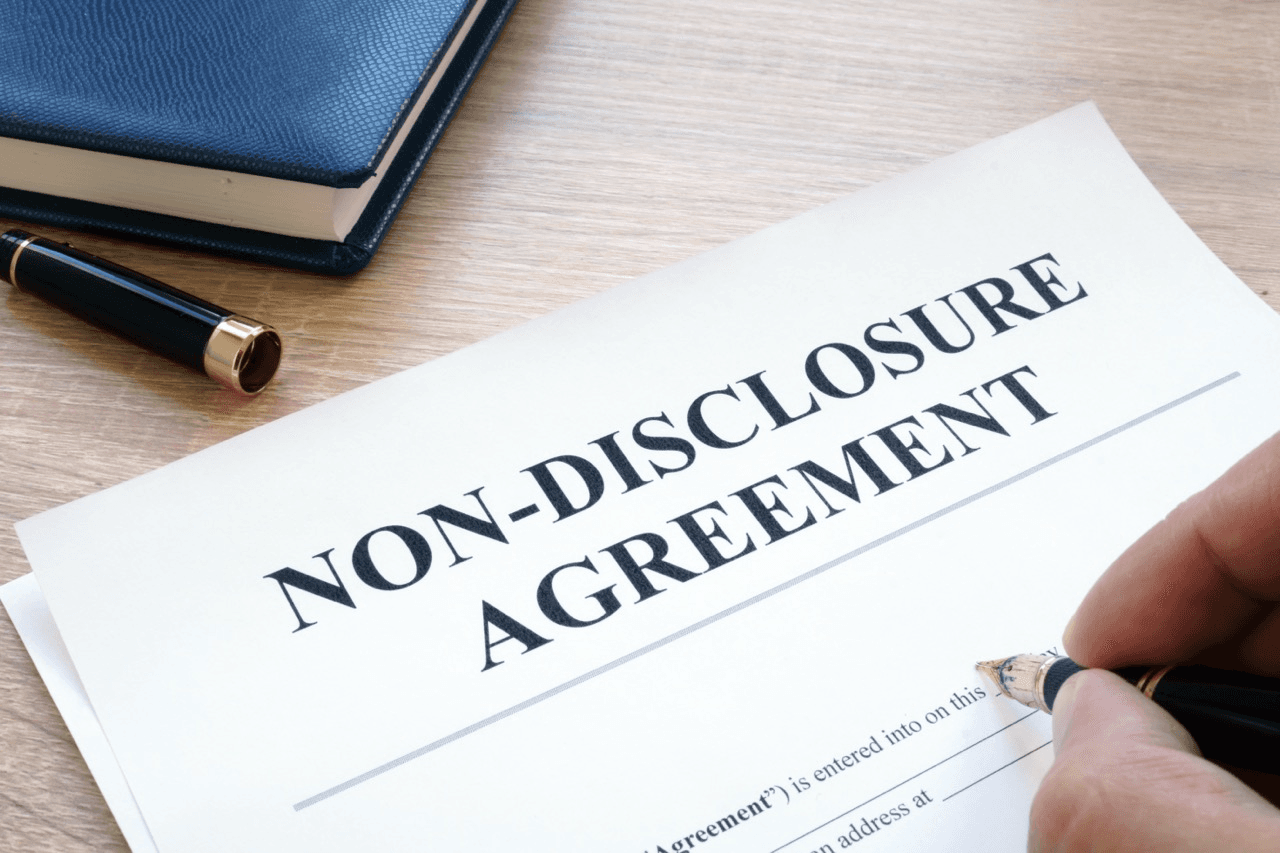
Articles

NON-DISCLOSURE AGREEMENTS: HOW THEY SAFEGUARD YOUR BUSINESS
- ←Back to Articles
Other Articles :
Last Edited : 19 Mar 2025
Introduction
In today’s competitive business environment, protecting sensitive information is crucial. Businesses frequently share confidential data with employees, partners, investors, and vendors. Without proper legal safeguards, this information can be misused, leading to financial and reputational damage. A Non-Disclosure Agreement (NDA) is a legally binding contract that prevents unauthorized disclosure of confidential information. This article explores the importance of NDAs, their key components, and how they protect businesses.
What is a Non-Disclosure Agreement (NDA)?
An NDA is a legal contract that establishes a confidential relationship between parties. It ensures that sensitive information shared between them remains private and is not disclosed to third parties without authorization.
NDAs can be unilateral (one party discloses information to another) or mutual (both parties share confidential information and agree to keep it secret). Businesses use NDAs in various contexts, including employment, partnerships, mergers, and product development.
Key Components of an NDA
A well-drafted NDA should include the following essential elements:
- Definition of Confidential Information
Clearly outlines what constitutes confidential information, such as trade secrets, financial data, client lists, marketing strategies, or proprietary technology.
2. Obligations of the Receiving Party
Specifies the duty of the recipient to maintain confidentiality and restrict the use of disclosed information.
3. Exclusions from Confidentiality
Identifies information that is not covered by the NDA, such as publicly available information or data obtained through legal means.
4. Duration of Confidentiality
Defines how long the confidentiality obligation lasts, which can range from a few years to an indefinite period, depending on the nature of the information.
5. Permitted Disclosures
Specifies conditions under which confidential information may be shared, such as with legal advisors or when required by law.
6. Indemnity Clause
Protects the disclosing party from financial or legal consequences arising from the misuse or unauthorized disclosure of confidential information by the receiving party.
The recipient agrees to compensate the disclosing party for losses, damages, legal fees, or penalties resulting from a breach of the NDA.
7. Consequences of Breach
Details the legal remedies available in case of a violation, including monetary damages, injunctions, or legal action.
8. Jurisdiction and Governing Law
Determines which legal framework will govern the NDA and dispute resolution mechanisms.
Difference Between an NDA and Data Protection Laws
While NDAs and data protection laws both deal with confidentiality, they serve distinct purposes:
- NDA (Non-Disclosure Agreement): A private contractual agreement between parties to prevent the unauthorized disclosure of confidential business information.
- Data Protection Laws: Government-enforced regulations that protect individuals' personal data from misuse, ensuring compliance with privacy rights.
Key differences include:
- Scope: NDAs cover business-sensitive information, while data protection laws apply to personal data of individuals.
- Legal Enforcement: NDAs are enforced through civil remedies (contracts), while data protection laws are enforced by regulatory bodies (e.g., the Office of the Data Protection Commissioner in Kenya under the Data Protection Act, 2019).
- Obligations: NDAs impose obligations on specific parties in an agreement, while data protection laws impose obligations on all entities handling personal data.
Businesses should use both NDAs and data protection compliance measures to ensure comprehensive protection of both corporate and personal data.
How NDAs Protect Businesses
NDAs play a crucial role in safeguarding businesses by:
- Preventing Intellectual Property Theft: Protects trade secrets, patents, and proprietary data from being stolen or used by competitors.
- Securing Business Transactions: Ensures sensitive information shared during negotiations, mergers, or acquisitions remains confidential.
- Enhancing Employee Confidentiality: Prevents employees from disclosing proprietary information to competitors or unauthorized third parties.
- Building Trust in Partnerships: Strengthens business relationships by ensuring mutual respect for confidential data.
Enforcing an NDA
If an NDA is breached, businesses can take legal action, including:
- Cease and Desist Orders: A formal demand to stop the unauthorized disclosure.
- Damages: Financial compensation for losses suffered due to the breach.
- Injunctions: A court order preventing further use or disclosure of confidential information.
- Criminal Proceedings: In severe cases, legal action may lead to criminal penalties for the offending party.
Best Practices for Using NDAs
To ensure effectiveness, businesses should:
- Use clear and specific language to avoid ambiguities.
- Customize NDAs based on the nature of the business and the type of information being protected.
- Conduct due diligence before sharing confidential information.
- Regularly review and update NDAs to reflect changes in business operations and legal requirements.
Conclusion
Non-Disclosure Agreements are vital tools for businesses to protect their confidential information, maintain a competitive edge, and build trust in professional relationships. Ensuring that NDAs are properly drafted and enforced can help businesses mitigate risks and prevent potential legal disputes. For expert legal advice and tailored NDA drafting, consult B.I.K Advocates LLP, your trusted legal partner in business protection.
Disclaimer
This article is for informational purposes only and should not be construed as legal advice. It does not establish an advocate-client relationship with any reader.